Earlier this month, Ethiopia’s ruling coalition party formally unified and was rebaptized the “Prosperity Party.” Formerly known as the “Ethiopian Peoples’ Revolutionary Democratic Front” (EPRDF), the coalition used to consist of four parties representing the country’s major ethnic groups. Now, with the notable exception of the Tigrayan People Liberation Front (TPLF), all of EPRDF’s former member parties and five other allied parties have officially dissolved and joined forces to operate under a single umbrella. The party’s unification is a major milestone for its chairman, Prime Minister Abiy Ahmed, who harbors an ambition to radically reshape Ethiopia’s political and economic landscape. Notably, in November 2019, Abiy was recognized with the Nobel Peace Prize for his efforts to establish peace with a former foe, Eritrea.
In a sharp departure from the state-led developmental strategy of the past three decades, the Prosperity Party is espousing a liberal economic doctrine that will provide a greater role for the private sector in the economy. This shift is rather surprising since the country’s state-led development strategy has delivered rapid economic growth. Indeed, Ethiopia has been consistently ranked among the fastest-growing economies in recent years. Even by the conservative estimates of the International Monetary Fund, average real GDP growth over the period 2004 to 2018 was an impressive 10.4 percent.
Ethiopia’s historic growth has had political consequences
While growth in many other African economies was assisted by the most recent commodity price boom, Ethiopia’s performance has been unique in that the country lacks significant natural resources. Its growth has instead been fueled by an ambitious development strategy involving heavy public investments in infrastructure, manufacturing, and agriculture. Modeled after the state-driven growth policies of East Asian economies like Singapore and, more recently, China, this “big push” strategy sought to simultaneously boost purchasing power and domestic productive capacity.
An effort to replicate the Chinese development model, however, has led to distinctly Ethiopian problems. Rather than compensating for delayed democratization as policymakers expected, economic growth in Ethiopia seemed to hasten the demand for political rights. A good illustration of this is the fact that the protests in the Oromia and Amhara regions started during a period of economic boom in late 2015. These protests only subsided in 2018 after reformist Prime Minister Abiy Ahmed came to power through a fractious internal reshuffle within the EPRDF.
The heightened demand for political change was due in part to a mismanaged development process. While a professional army of bureaucrats was a defining feature of developmental states in East Asia, Ethiopia lacks the professional civil service crucial for executing large-scale state-led development. In Ethiopia, public office assignment is not always meritocratic, as it is often allocated based on ethnic-based political affiliation.
The consequence is that state enterprises entrusted to spearhead development ended up wasting billions of dollars’ worth of public resources. The best-known illustration is the military-metallurgy conglomerate, METEC, whose former head is currently in prison under corruption charges. Another example is the state-owned development bank, which is on the brink of collapse from the burden of non-performing loans that were allocated based on political and ethnic affiliations.
Cronyism and misuse of public property was also, unfortunately, organized along ethnic lines. Although politicians from all ethnic backgrounds partook in an extensive network of cronyism, ethnic Tigrayans, already heavily represented in higher government offices, became targets of public anger. This state of affairs potentially explains why the political protests that brought Prime Minister Abiy Ahmed to power started in the Oromia and Amhara regions—the two large regions that had comparatively lower political representation in top government offices.
Alongside liberalization, the state must maintain a central role in development
This policy shift could inject Ethiopia’s neglected private sector with dynamism, thus energizing its traditional and state-dominated economy. Business leaders hope that financial liberalization in an economy that has long been financially suppressed will boost credit access and encourage private investment. For example, partial privatization of the telecom monopoly can further help spawn digital entrepreneurship of the type seen in neighboring Kenya.
At the same time, the government must avoid entirely forfeiting the state’s developmental role that has underpinned decades of growth. As the late Prime Minister Meles Zenawi once observed, gutting the state with the aim of stamping out corruption and rent-seeking amounts to throwing the baby out with the bathwater. In a country bedeviled by significant market failure like Ethiopia, the state has an important role of supplementing private investment and aiding the discovery of competitive economic sectors. The appropriate approach to reorientinging the state’s role should thus involve identifying and prioritizing economic activities where the social returns of public investment are great, and where private investors are discouraged by the risk and scale of investment.
For example, the government has been relatively successful in developing industrial zones that reduced the risk and cost of manufacturing by providing targeted infrastructure and support services. This policy has started to attract significant foreign investment in manufacturing, and created an increasing employment opportunity. The government needs to continue similar interventions, while also pursuing, in tandem, sectoral strategies that integrate the manufacturing and primary sectors.
Ensuring inclusive prosperity will further require creating jobs that pay decent wages, which cannot be guaranteed if the government adopts a laissez-faire economic policy that fails to support skills upgrading, or allows multinationals to determine the wages they pay. There is, hence, a need to continue investing in education to build productive skills, especially technical skills in information technology and related fields.
A more pressing challenge will be translating the polarizing force of ethnic politics toward constructive ends. The government should find a way of converting the heightened agency of the youth, such as the politically active Qeerroo youth movement in Oromia, towards greater economic mobilization. In a poor country like Ethiopia, pursuing politics of income redistribution will not be a viable option. The focus should be on creating new wealth through policies that extend employment and entrepreneurship opportunities that can economically empower the youth.
The Brookings Institution is committed to quality, independence, and impact.
We are supported by a diverse array of funders. In line with our values and policies, each Brookings publication represents the sole views of its author(s).

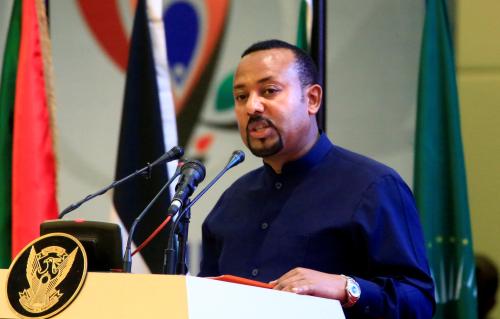
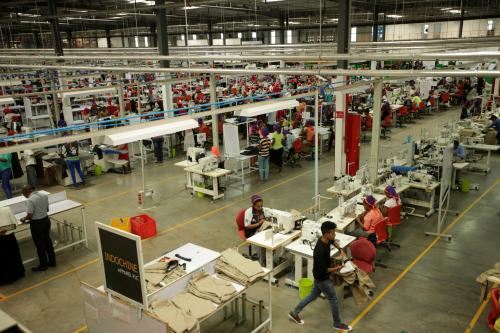

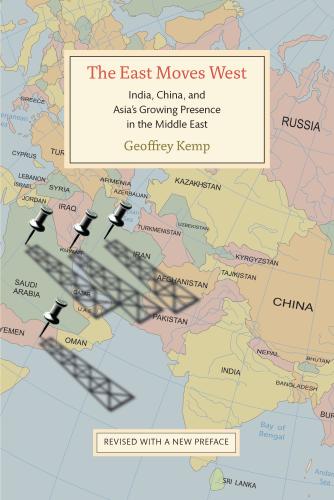
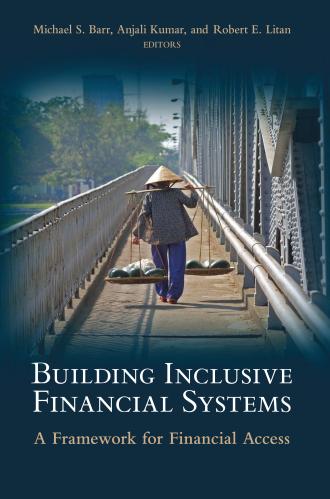
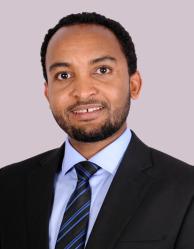



Commentary
Ethiopia’s newly unified ruling party pivots to a liberal political economy
December 6, 2019